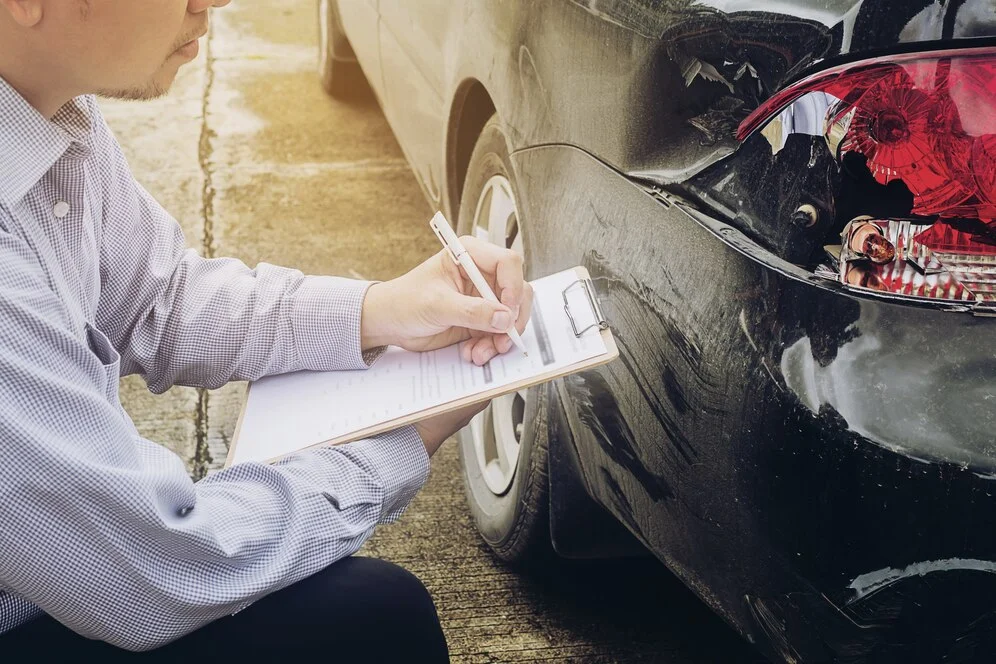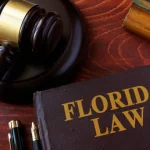You never expect car accidents, but knowing who pays for the repairs after one can take some of the stress out of the situation. Vehicle repair claims are handled based on insurance, and knowing how fault is assessed can help you navigate the aftermath. In this article, we will discuss how insurance companies come to the conclusion of who is responsible for repairs and how the coverage works so that you have a better understanding of your rights and responsibilities.
The Role of Insurance in Car Repairs
One of the first things to consider when an accident happens is how the vehicle repair claim will be handled. The type of coverage you have and the fault will determine whether your insurance company or the other party’s insurer will pay for the repairs.
Types of Insurance Coverage
There are a number of types of insurance that come into play when a vehicle repair claim arises. The three most common forms include liability insurance, collision coverage and comprehensive coverage. Collision coverage and liability insurance usually pay for damages you cause, while collision coverage will pay for the repairs to your own vehicle, even if you’re not at fault. Accidents are not covered under comprehensive insurance, but damages caused by vandalism or natural events are.
Determining Fault: How Insurance Companies Assess Responsibility
The circumstances of the accident determine how insurance companies will assess fault. Who was at fault can be determined with factors like police reports, witness statements, and even traffic camera footage. Fault is a major factor in deciding who will pay the car repair costs, as the party deemed to be responsible is usually liable for the damages.
Comparative Fault vs. Pure Fault Systems
In other areas, a “comparative fault” system is used, in which one or both parties may be at fault for part of the accident, and the insurance for each party covers only their portion of the damage. But some areas work on a “pure fault” system where the at fault driver’s insurance is responsible for the entire repair cost.
What Happens if You’re Not at Fault?
In the event that the other driver is found liable, they should be responsible for your vehicle repair claim and their liability insurance should cover it. However, this can be complicated if they are uninsured or underinsured, and it’s important to have your own coverage in place. Your insurance policy may include uninsured motorist coverage to protect you in these situations.
Filing a Claim with the At-Fault Driver’s Insurance
If the other driver is responsible, you will file a claim with their insurance company. If the other driver’s insurer is responsible, your vehicle repairs will be paid, less any deductible. But in some cases, insurers may challenge fault and it can take longer to settle.
What If You Are at Fault?
Your liability insurance will generally cover the cost of repairs to the other party’s vehicle if you are judged to be responsible for the accident. But if you have collision coverage, it will pay for repairs to your own vehicle, no matter who is at fault. Remember that the deductible for collision coverage is often higher than what you would pay if the other driver’s insurance paid for repairs.
Handling Your Own Vehicle Repair Costs
If you are the one at fault in the accident and your vehicle repairs are not covered by the other driver’s insurance, then your own collision coverage can take over. However, before the insurer pays out, the deductible for this coverage must be met. If you don’t have collision coverage, you may have to pay for the repairs yourself, unless some other type of coverage applies.
The Role of Deductibles and Repair Limits
Knowing your deductible is crucial when filing a vehicle repair claim. The deductible is the amount you must pay out of pocket before your insurance coverage starts. The deductible on your policy may vary and may affect whether you decide to file a claim for smaller repair costs.
Repair Limits
In addition, insurance policies have limits on the amount they will pay for repairs. For example, if your car is deemed a total loss (when repair costs are more than the car’s value), your insurer will usually pay the car’s market value instead of the cost of repairs. Knowing these limits will allow you to consider whether to repair your car or to accept a payout for a replacement.
Steps to Take After an Accident
Knowing what to do immediately after an accident, regardless of fault, can smooth the claims process. If possible, take photos of the scene and gather all necessary information like the other driver’s contact and insurance details. It is also a good idea to file a police report, which can also be used as an official record of the incident, which can be important in determining who was at fault.
Reporting the Accident
After the details are recorded, contact your insurance company and file a claim. Honesty will help expedite a resolution, so be transparent about the events. You can choose a repair shop that is convenient for you or your insurer may provide you with a list of approved repair shops. Based on your coverage, they will assess the damage and decide the next steps.
Navigating Vehicle Repair Claims After an Accident
Car accidents are stressful, and understanding how your insurance company will handle the vehicle repair claim process can help reduce some of that stress. Whether you’re at fault or not, having the right coverage and knowing how fault is determined can make a significant difference in how quickly and smoothly your repairs are handled. By partnering with your insurer and following the necessary steps, you can ensure that your vehicle repairs are taken care of and that the claims process is as efficient as possible.







